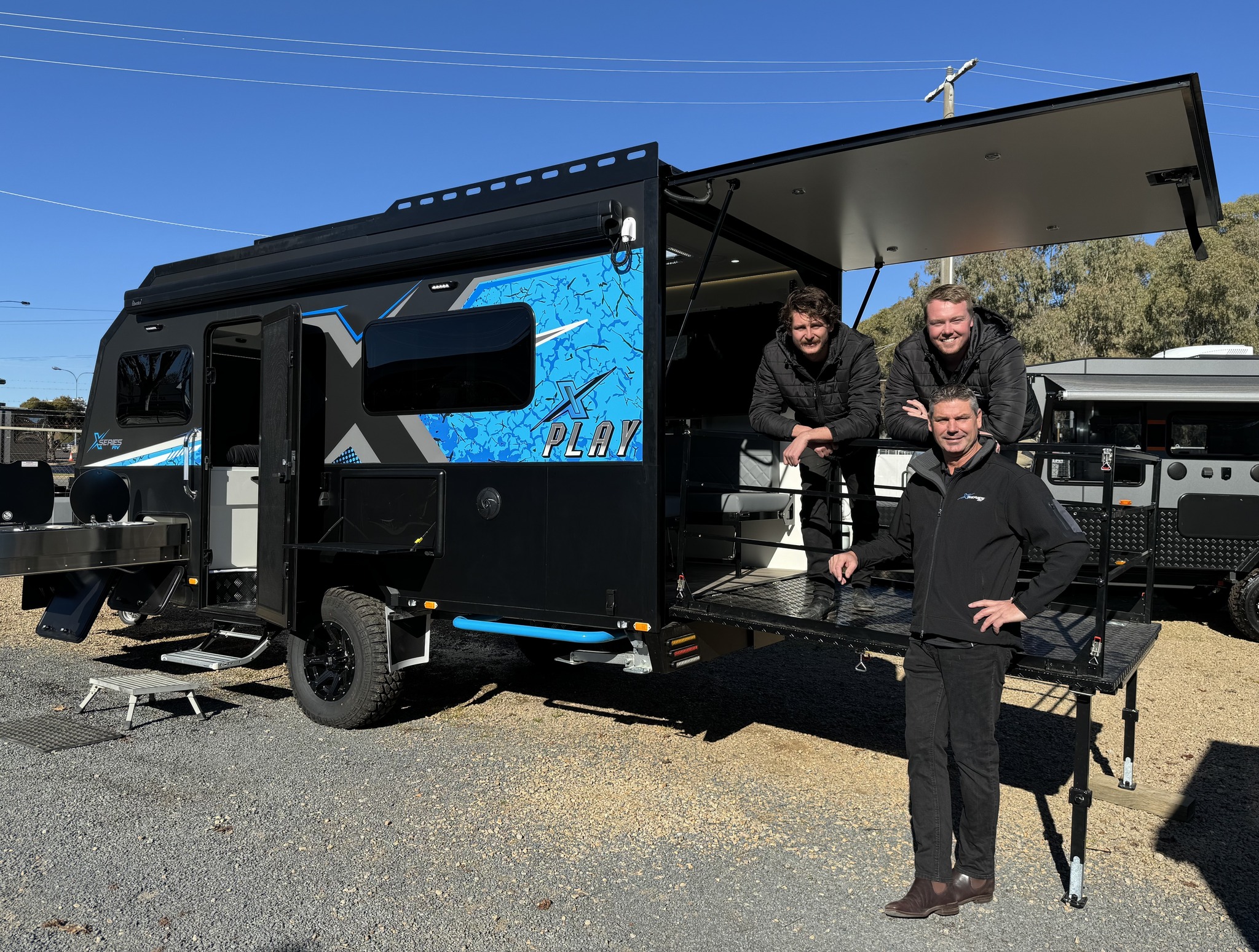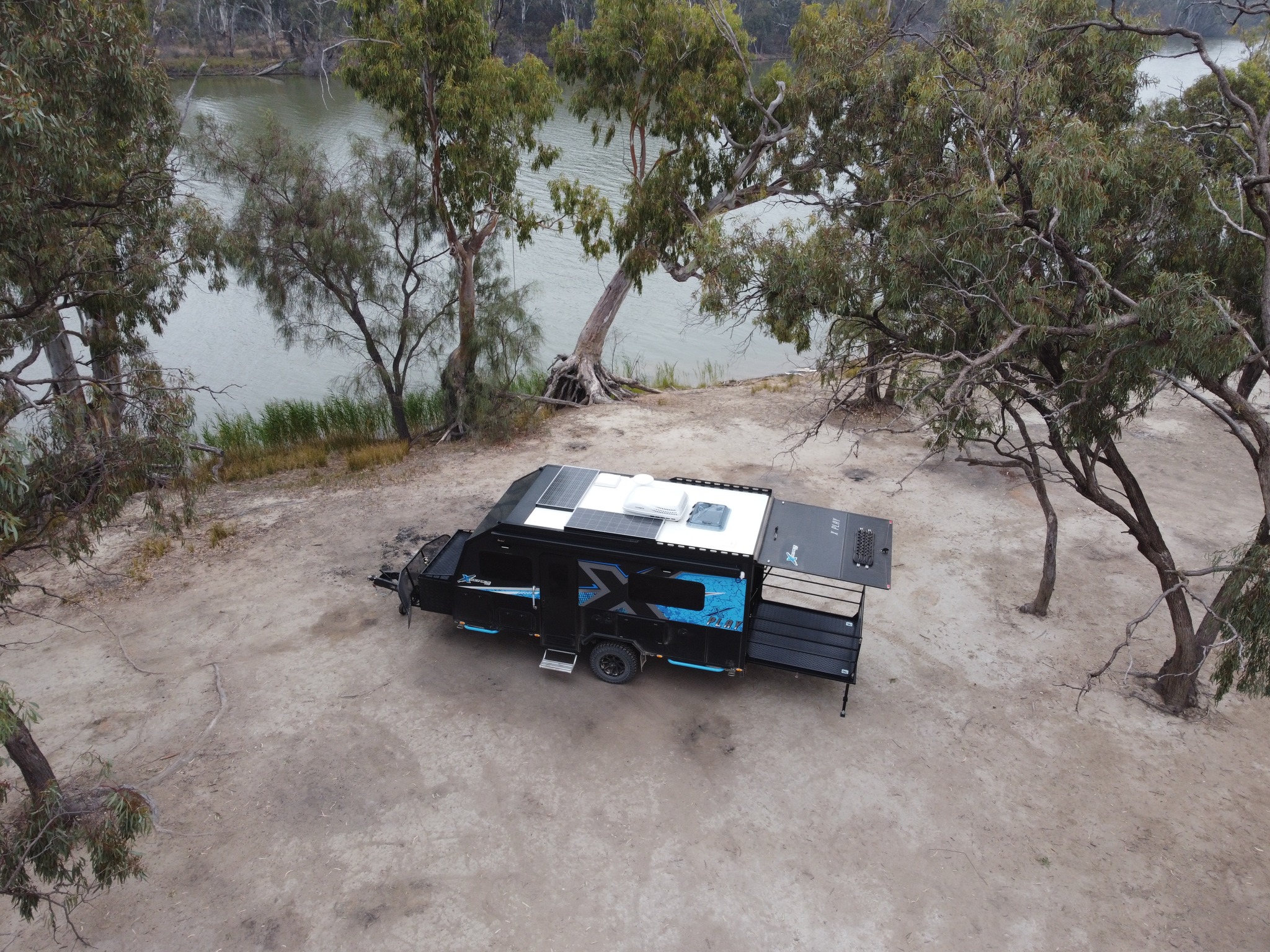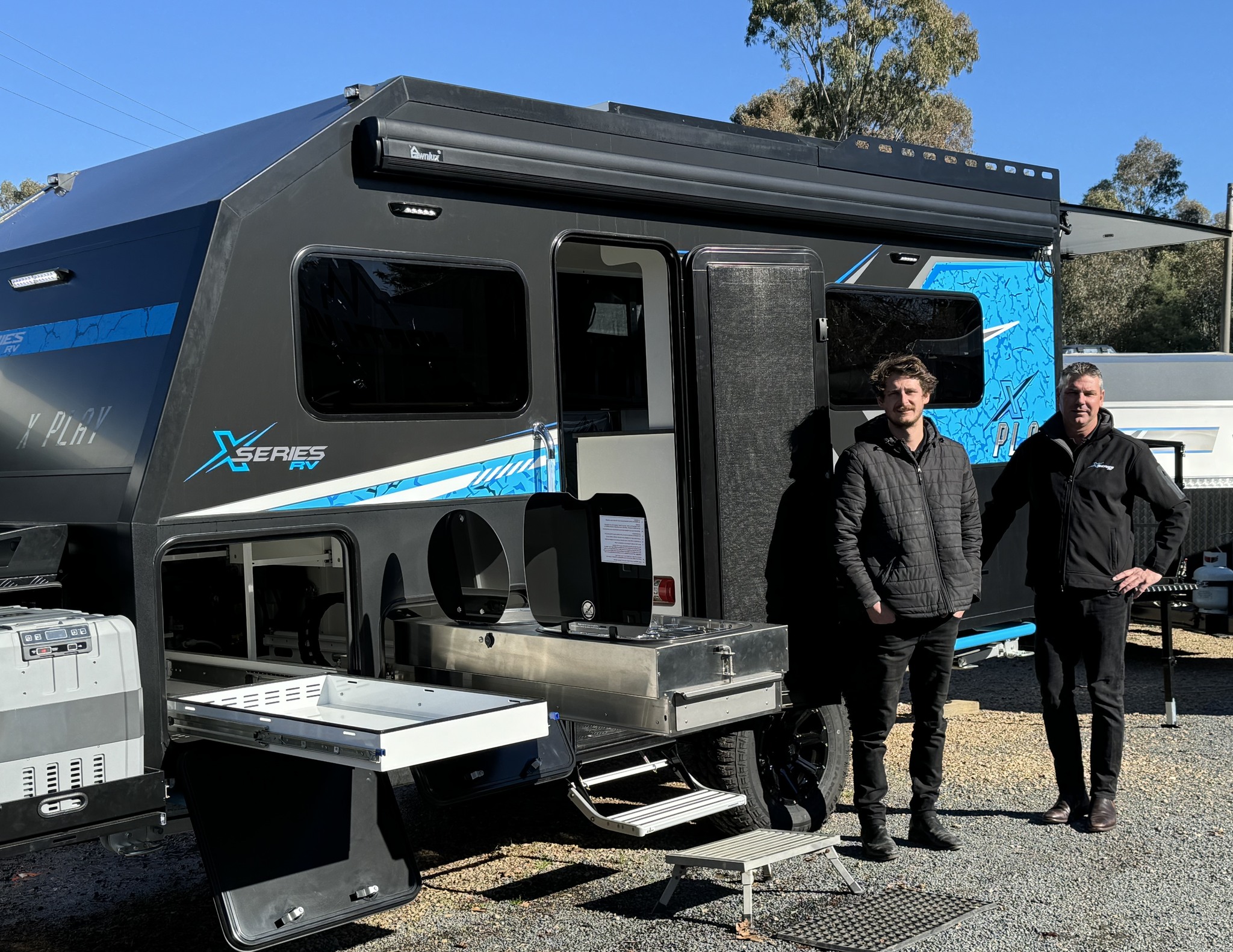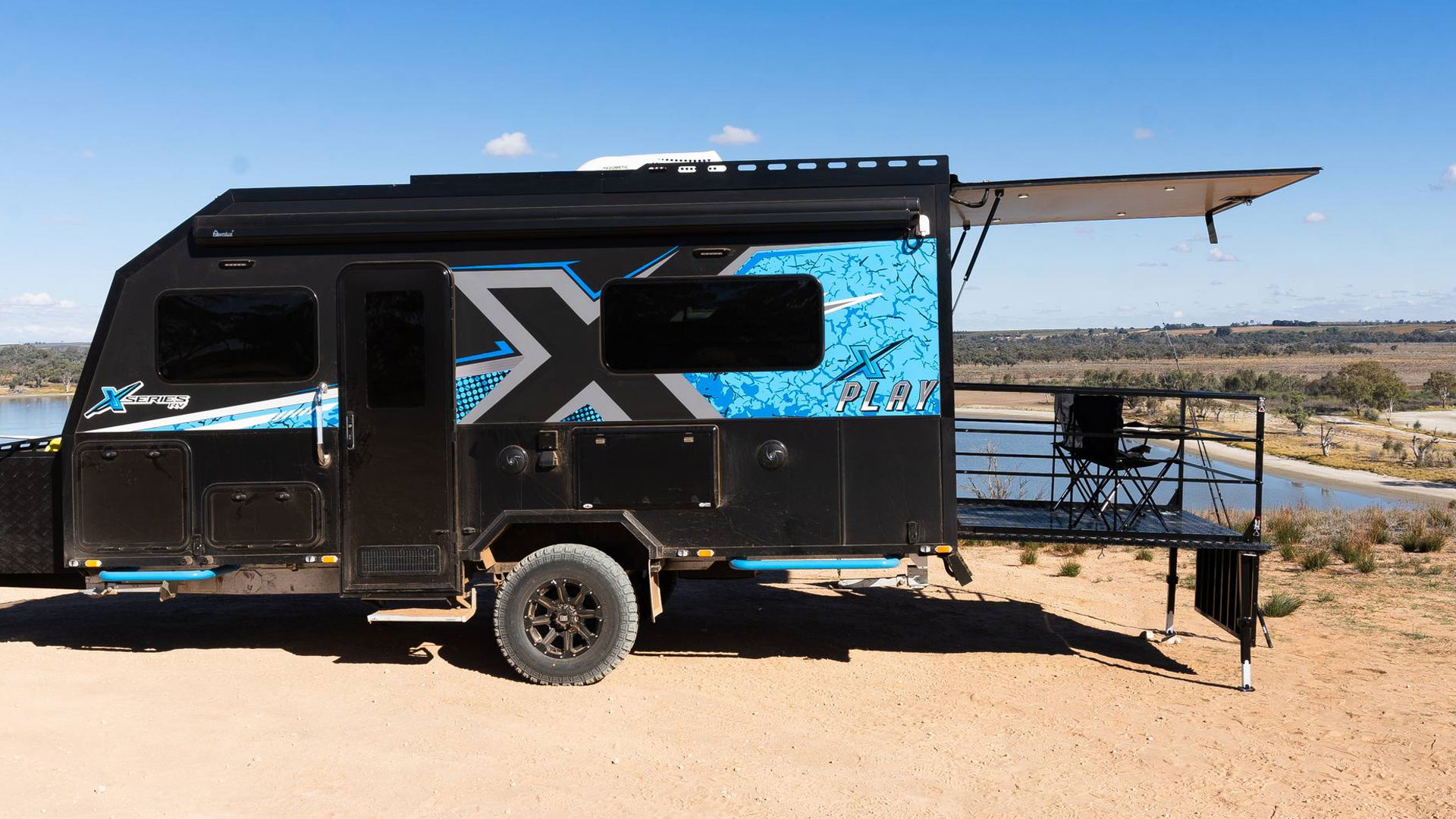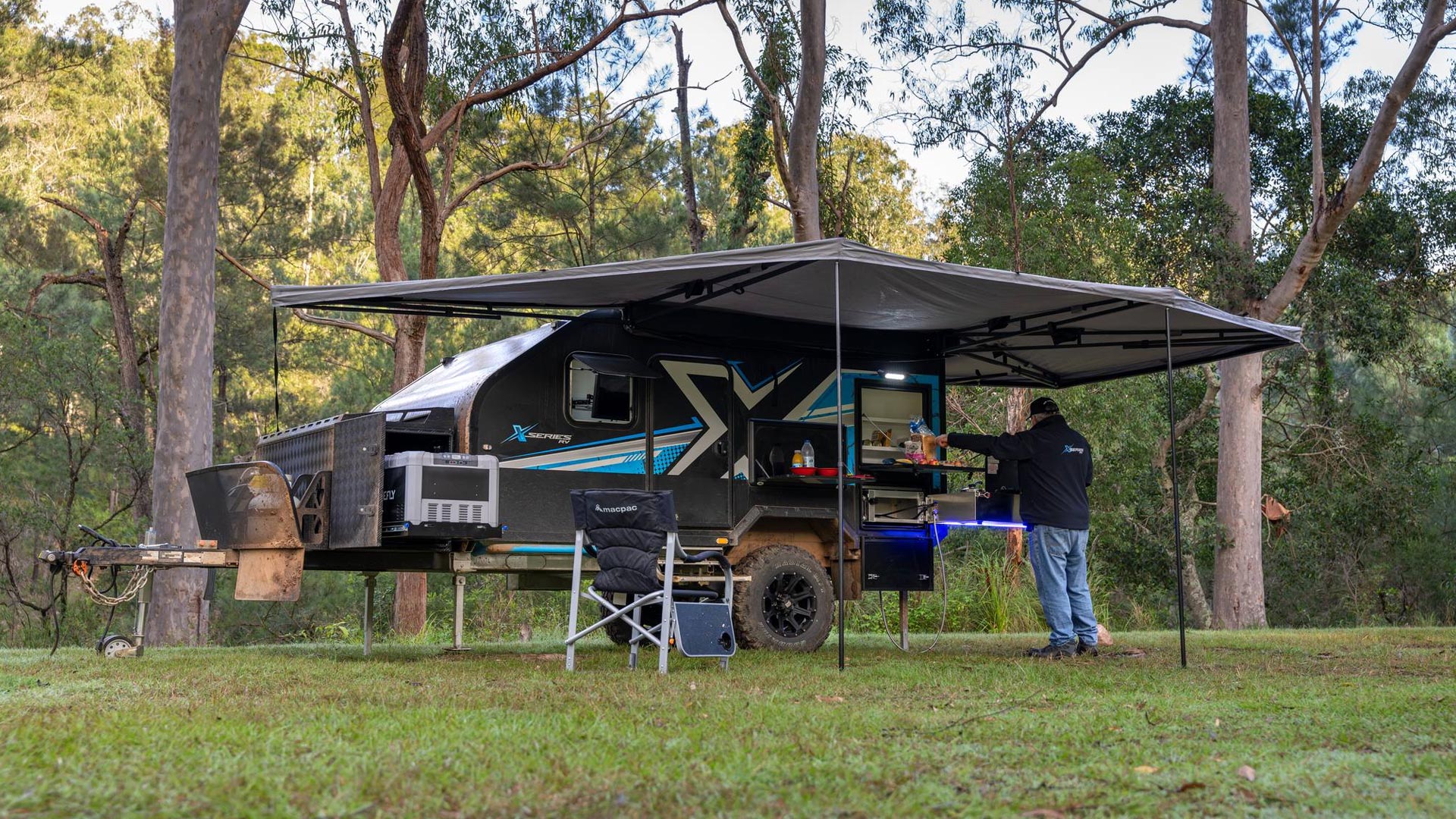Hybrid vs. Traditional Caravans: Why X Series Leads the Hybrid Revolution
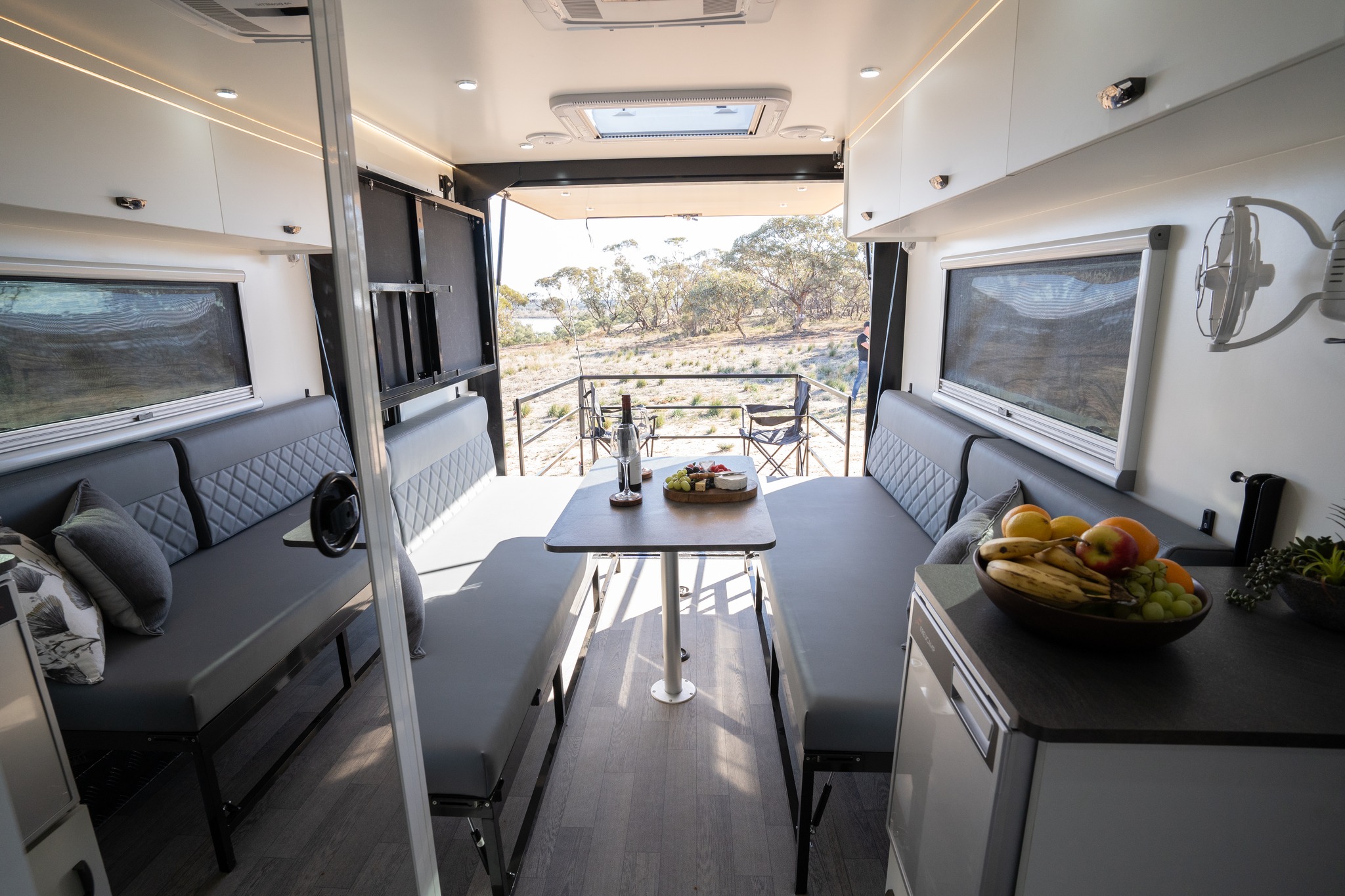
A significant shift is taking place in the world of caravanning—the rise of hybrid caravans. Traditionally, caravans were designed for comfort and luxury on the road. However, adventure-seekers are now exploring more remote locations. The demand for vehicles that handle off-road challenges while offering modern conveniences has grown. Xseries RV is at the forefront of this hybrid revolution, providing caravans that combine off-road capability with residential comfort.
Defining Hybrid Caravans
Before understanding why Xseries hybrid caravans lead the charge, it’s essential to define what a hybrid caravan is. A hybrid caravan mixes the features of a traditional caravan and a camper trailer. These vehicles are smaller and lighter than full-sized caravans. They often feature pop-up roofs or fold-out sections to maximize space when parked. Despite their size, they offer many comforts of a traditional caravan, such as fully equipped kitchens, bathrooms, and sleeping areas.
Traditional caravans, in contrast, are larger and more luxurious. They are typically designed for on-road or light off-road use. These caravans have fixed roofs and walls, offering more permanent living spaces. However, they can be heavier and less versatile for off-road travel.
X Series Hybrid Caravans: Off-Road Capabilities
One of the standout reasons why Xseries hybrid caravans are overtaking traditional models is their exceptional off-road capability. Xseries caravans, such as the Morphe and Voyager, are designed specifically for the rugged terrains of Australia. Equipped with independent suspension, heavy-duty coil springs, and large mud-terrain tires, these caravans are built to withstand the harsh conditions of off-road environments. Their lightweight design also makes them easier to tow on narrow tracks and through tricky terrain, giving adventurers access to remote locations that might be out of reach for traditional caravans.
Traditional caravans, while offering more luxurious interiors, are often heavier and lack the suspension systems necessary for challenging off-road conditions. Their weight and size make them more difficult to tow in rugged environments, and their fixed designs limit the flexibility needed for rough terrain.
Weight and Towing Considerations
Another area where Xseries hybrid caravans excel is weight management. The hybrid design ensures that these caravans are much lighter than traditional models. For example, the Xseries Morphe has a tare weight of around 2300kg, making it easier to tow, even with smaller vehicles. This lighter weight also means less strain on the towing vehicle, better fuel efficiency, and reduced wear and tear on both the caravan and the car.
In contrast, traditional caravans can often weigh over 3000kg, requiring larger towing vehicles and more fuel to transport. For those who frequently travel long distances or plan to explore remote regions, the lower weight of hybrid caravans becomes a significant advantage.
Cost Comparison: Hybrid vs. Traditional
When comparing costs, hybrid caravans like the Xseries models often come out on top for off-road adventurers. While traditional caravans can offer more luxurious, spacious interiors, they typically come with a higher price tag. Larger, full-featured caravans not only cost more upfront but also require additional expenses for maintenance, fuel, and towing equipment.
Hybrid caravans, including the Xseries lineup, strike a balance between luxury and practicality, offering premium features like queen-sized beds, full kitchens, and bathrooms, but at a lower cost. Their smaller size also means fewer maintenance issues and lower fuel consumption, which adds to long-term savings. For those seeking off-road adventures, a hybrid caravan can provide the freedom to explore without breaking the bank.
Versatility in Design
One of the most significant advantages of Xseries hybrid caravans is their versatility. Traditional caravans often offer more space, but that space is fixed. A hybrid caravan like the Xseries Morphe or Voyager, on the other hand, features pop-up roofs and fold-out sections that expand the living area when parked but retract when on the road. This flexibility makes hybrids easier to store, more aerodynamic during travel, and perfect for off-grid camping where space is limited.
The adaptability of hybrid caravans allows travelers to access remote campsites that would be off-limits to larger, bulkier traditional caravans. With Xseries models, adventurers can quickly set up camp, extend their living space, and enjoy the benefits of both a compact vehicle and a spacious, comfortable interior.
Maintenance and Durability
Xseries hybrid caravans are designed with durability in mind. Constructed with a combination of aluminum frames and fiberglass exteriors, they are built to withstand the harsh elements of off-road environments. The hot-dipped galvanized chassis ensures resistance to rust and corrosion, which is crucial for long-term use in areas with high humidity or salty coastal air.
Traditional caravans, while often built with durable materials, require more maintenance due to their larger size and more complex systems. With more components to maintain and the added weight of luxury features, traditional caravans can incur higher repair costs and downtime for maintenance.
Conclusion
The rise of hybrid caravans, particularly those from Xseries RV, signals a shift in the caravanning world. As more travelers seek adventure in remote locations, the flexibility, durability, and off-road capabilities of hybrid models are becoming increasingly important. Xseries RV is leading the charge, offering hybrid caravans that deliver the best of both worlds: the ruggedness needed for off-road travel and the comforts that make extended trips enjoyable. For those looking to explore the open road (and the paths less traveled), an Xseries hybrid caravan is the perfect solution.
